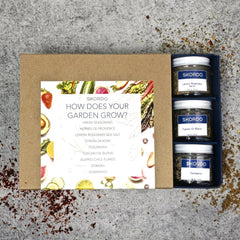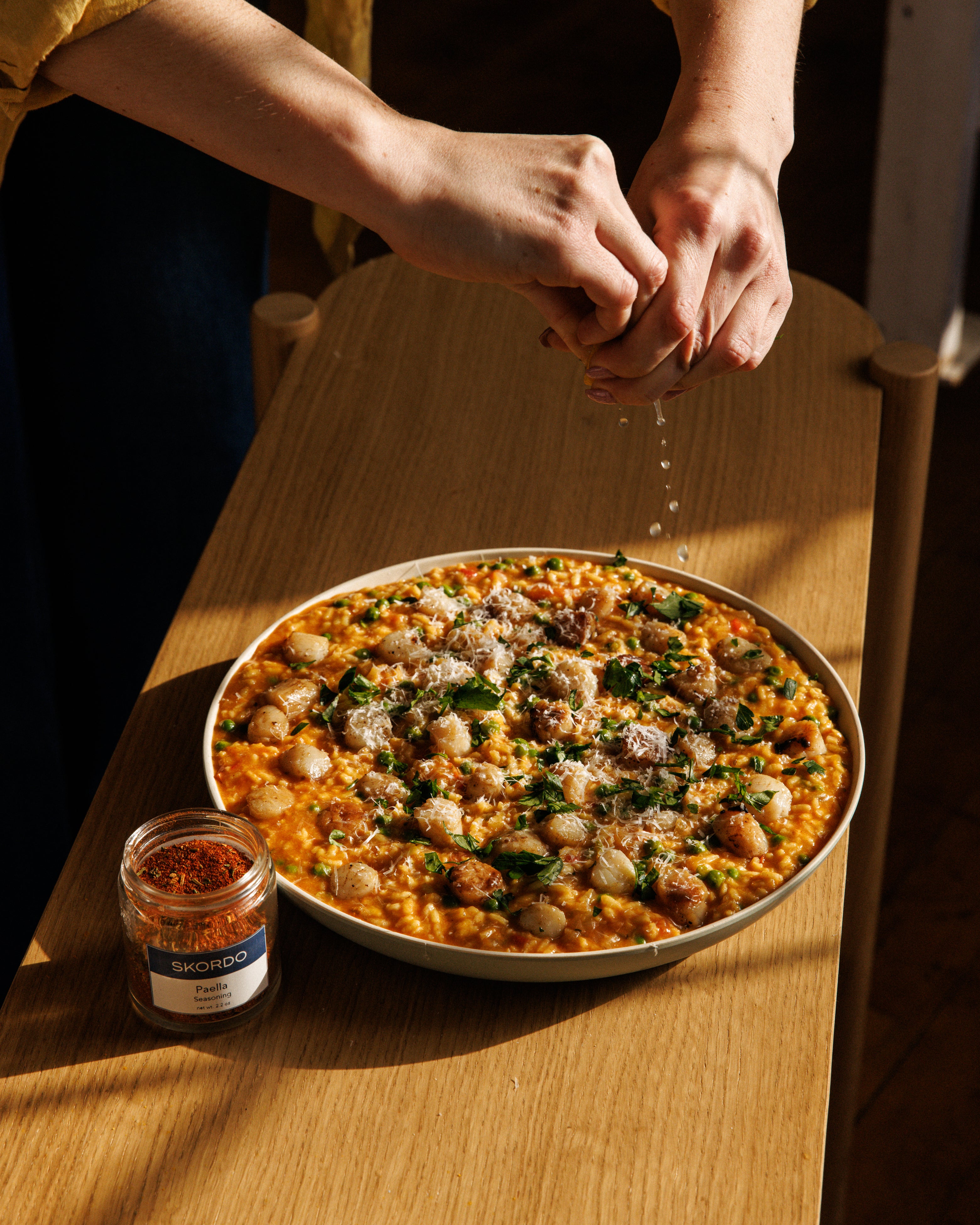It turns out, my garden isn’t doing so well this year. The sugar snap pea harvest was great. The herbs are full-on and an entire bed has gone wild with self-seeded sunflowers, cosmos, and cilantro stealing the show. Sounds decent, but my tomatoes never grew beyond seedlings, the squash keeps throwing flowers but no fruit, and both the beets and carrots have given up – they’ve just stopped growing. So how does my garden grow? Let’s call it a work in progress.
Where my garden is lacking oomph, my friends' and family’s veggies are overflowing. One friend has 60 linear feet of tomato plants and expects 10 lbs of fruit from each plant. What?! Every time we catch up, the conversation is tomato based and we’ve both been learning all about canning tomatoes and making sauce to prep for the inevitable. My mom just harvested her garlic (it’s beautiful – more on that in future posts) and has more swiss chard and beets than she knows what to do with. My big take away from this year of gardening is: keep your seeds close and your green thumbed friends even closer.
Even though I won’t be enjoying my own homegrown vegetables this year, I’m still eating all sorts of fruit and veg in quick, no fuss, bursting with flavor summer meals. These days, the ingredients in How Does Your Garden Grow? are always in rotation. This collection of 9 ingredients is designed to compliment fresh from the garden goodies in endless combinations.
Gomashio: This is my go-to recommendation for customers looking for a unique addition to a hostess gift. The toasted black and white sesame seeds give the blend a smoky, nutty hefty that’s balanced by the large grain sea salt. Sprinkle it on salads for a pop.
Togarashi: Spicy, zesty, and crunchy; this blend is designed to go on everything. It’s a tabletop condiment that lends itself to salty pairings. Try it with miso on corn or on top of Shishito Peppers with Maine Sea Salt.
Greek Seasoning: The aromatic cinnamon and nutmeg in this blend add nostalgia and a surprise to the traditional European mix of herbs. Try it with mushrooms on the grill, roasted peppers or seasoned French Lentils.



Tuscan Oil Blend: Designed with dipping in mind, we catch ourselves reaching for this blend every time we roast fingerling potatoes. The grain is larger than our Italian Blend, making it ideal for roasted vegetables and dressings.
Herbes de Provence: You had me at Provence. If you’ve spent time dreaming of days in the South of France, this blend is for you. It’s versatile, packed with flavor and endlessly useful. Try it with a hearty olive oil and squeeze of lemon for a quick and simple dressing.
Dukkah: Ask a SKORDO team member to list their favorite ingredients and chances are Dukkah will be high on that list. The combination of sesame seeds, hazlenuts, cumin, coriander and salt sounds simple, but this is one of the most satisfying blends to cook with. Try it as a crust on tofu or add it to roasted cauliflower.



Syrian Za’atar: Ask me what my favorite ingredient is in the shop and I’ll ask you what you like to cook and redirect back to you, but the answer is Syrian Za’atar. This za’atar has a sumac base that is tart and colorful. I like it as a snack on candied nuts or tossed on carrots as they roast.
Aleppo Pepper: Elevate your red pepper game with this chef-approved spicy and fruity chile flake. If you like a dash of heat rather than a three alarm fire, this is your flake. Sprinkle on top of grilled fruits for a quick contrast.
Lemon Rosemary Sea Salt: Every kitchen needs blended salts. They’re the secret ingredient for roasting, marinades, dressings and stir fries. This version combines lemon zest, rosemary and sea salt for an end result that smells great and tastes even better. Try it with sautéed asparagus.



All the ingredients in the set are available for individual purchase and you can check out our vegetarian recipes in the Recipe Box. Happy harvesting!








